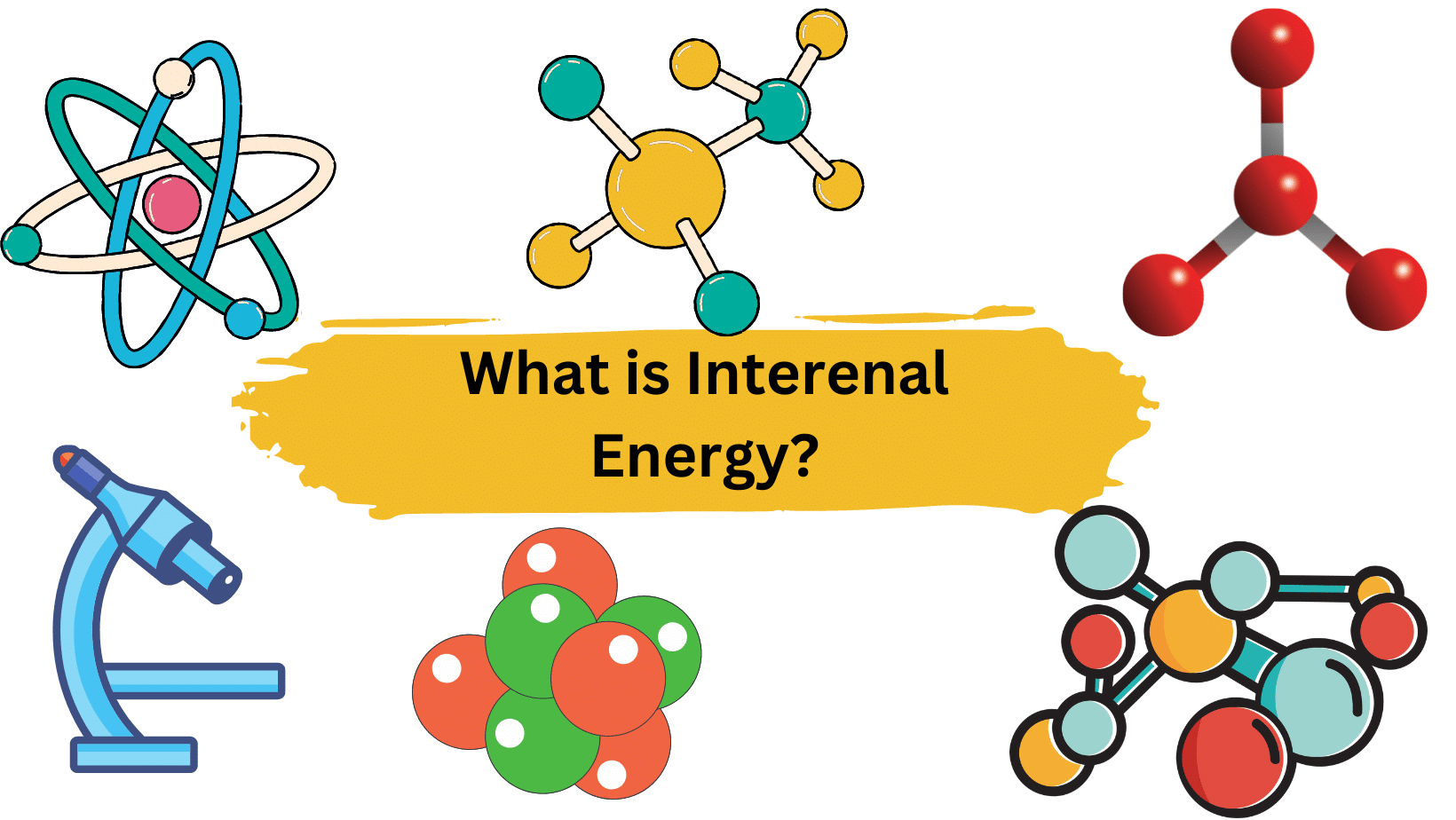Amino acids definition: Amino acids are organic compounds that contain both amino and carboxylic groups. Amino acids are the building blocks of proteins. Proteins are complex macromolecules composed of amino acids and found in all living cells. We are aware of about 500 naturally occurring amino acids.
Amino acids are the monomers that form proteins by joining together in condensation reactions to form peptide bonds. When an Amino Acid is incorporated into a protein, it is referred to as an Amino Acid residue; it has the same side chain, but its alpha Amino and carboxyl groups are now integrated into peptide bonds. All amino acids contain an alpha carboxylic acid group, an alpha amine group, a hydrogen atom, and a fourth variable group bonded to a central carbon.
Table of Contents
Structure of Amino Acids
Each amino acid has the same fundamental structure, which consists of a central carbon atom, also known as the alpha (α) carbon, bonded to an amino group (NH2), a carboxyl group (COOH), and a hydrogen atom.
Every amino acid also has another atom or group of atoms bonded to the central atom known as the R group. This R group, or side chain, gives each amino acid protein-specific characteristics, including size, polarity, and pH.

Figure credit: Wikipedia
Polymers of amino acids are known as “polypeptides,” a name derived from the type of bond that holds the amino acid chains together. The nitrogen atom of one amino acid is directly linked to the carbon atom in the acid group of the second amino acid in a joining reaction known as “condensation” or “dehydration synthesis.” A water molecule is formed as a result of this molecular rearrangement. A peptide bond is the resulting group of atoms that holds the amino acids together.
Properties of Amino Acids
The amino and carboxylic acid groups of amino acids readily ionize. At a pH(~7.4), the amino groups are protonated and the carboxyl acid groups are in their conjugate base(carboxylate) form, this shows that an amino acid can act as an Acid and also a base.
Amino acids can bear charged groups of opposite polarity, hence they are known as zwitterions or dipolar ions. The ionic property of the side chains influences the physical and chemical properties of free amino acids and amino acids in proteins.
More Links
Carbonic Acid (H2CO3)| Structure & Properties
Ammonification
Molar Mass of Acetic Acid| Easy-Explanation
Condensation Reaction| Easy Explanation
Oxalic Acid Formula – (COOH)2
The Nitrogen Cycle
Associative Property- Addition & Multiplication
- BCl3 Lewis Structure in four simple steps - November 1, 2023
- PH3 Lewis Structure in four simple steps - October 8, 2023
- PF3 Lewis structure in four simple steps - September 24, 2023



